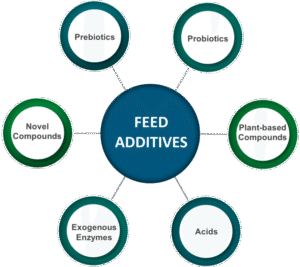The population dynamics of grasshoppers, like any other species, involves the study of changes in their population size over time. Several factors contribute to these dynamics, including reproductive rates, mortality, migration, environmental conditions, and the availability of resources. Here are key aspects of the population dynamics of grasshoppers:
Thank you for reading. Don't forget to subscribe & share!
- Life Cycle:
- Grasshoppers undergo incomplete metamorphosis with three main stages: egg, nymph, and adult. The life cycle duration varies with species and environmental conditions.
- Reproduction:
- Grasshoppers reproduce sexually, and females lay eggs in the soil during the fall or spring.
- The reproductive rate depends on factors such as temperature, humidity, and food availability.
- Population Growth:
- Grasshopper populations can experience rapid growth under favorable conditions.
- Factors influencing growth include the abundance of food, suitable habitats, and climate conditions.
- Mortality:
- Mortality in grasshopper populations can result from predation, parasitism, diseases, adverse weather conditions, and human activities (e.g., pesticide use).
- Density-Dependent Factors:
- As grasshopper population density increases, competition for resources such as food and space intensifies.
- High population densities can trigger migratory behavior in search of new habitats.
- Migratory Behavior:
- Some grasshopper species exhibit migratory behavior, forming swarms that move across landscapes in search of suitable conditions.
- Migrations are often triggered by changes in vegetation, temperature, or population density.
- Environmental Factors:
- Weather conditions, especially temperature and precipitation, strongly influence grasshopper populations.
- Dry conditions may lead to increased populations due to reduced mortality from fungal pathogens, while wet conditions can favor diseases and reduce populations.
- Human Impact:
- Human activities, such as agriculture and pesticide use, can have significant effects on grasshopper populations.
- Pesticides may reduce grasshopper numbers but can also lead to the development of pesticide-resistant populations.
- Monitoring and Management:
- Integrated pest management strategies often involve monitoring grasshopper populations to assess the need for control measures.
- Biological control, using natural enemies like predators and parasites, is one approach to manage grasshopper populations sustainably.
- Cyclical Patterns:
- Grasshopper populations may exhibit cyclical patterns, with fluctuations in abundance over several years. These cycles can be influenced by various factors, including predator-prey dynamics.
Understanding the population dynamics of grasshoppers is crucial for managing their impact on agriculture and ecosystems. Effective management strategies should consider the ecological interactions and environmental conditions influencing grasshopper populations to achieve sustainable outcomes.









